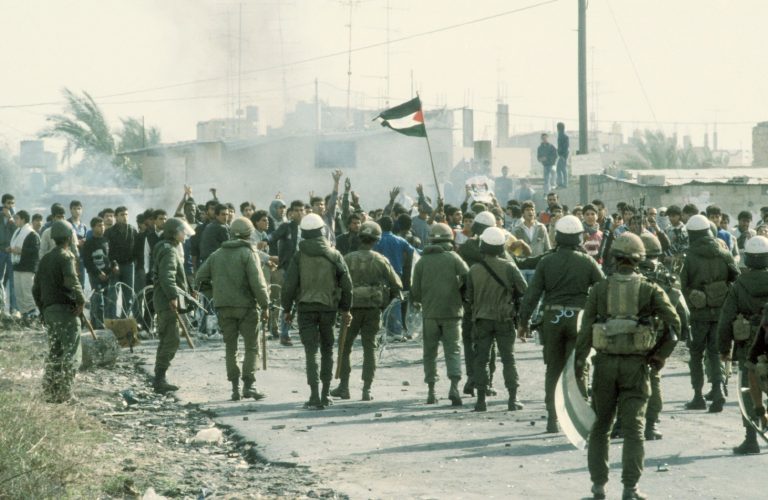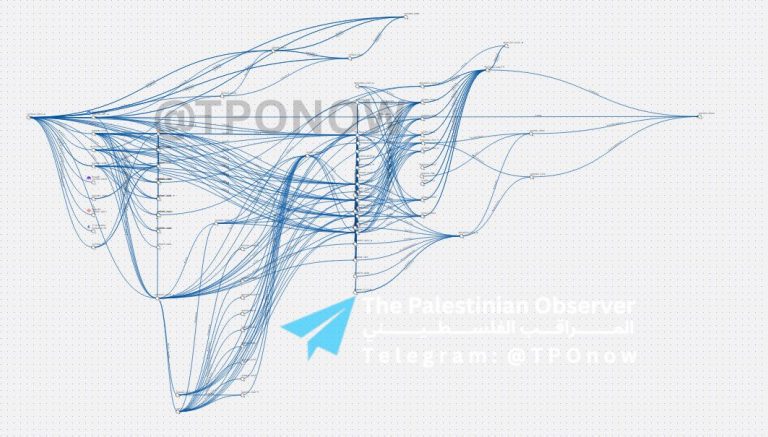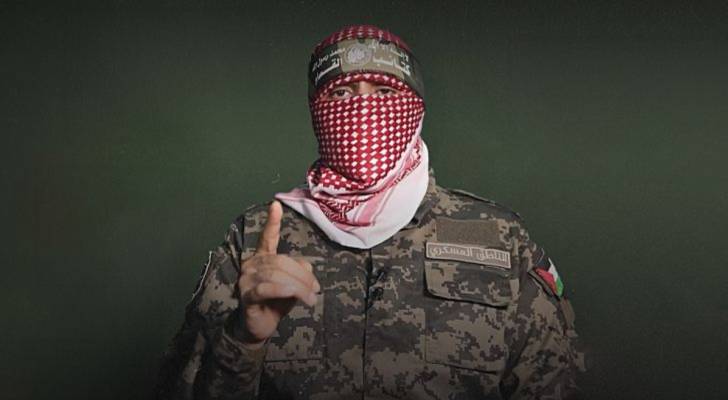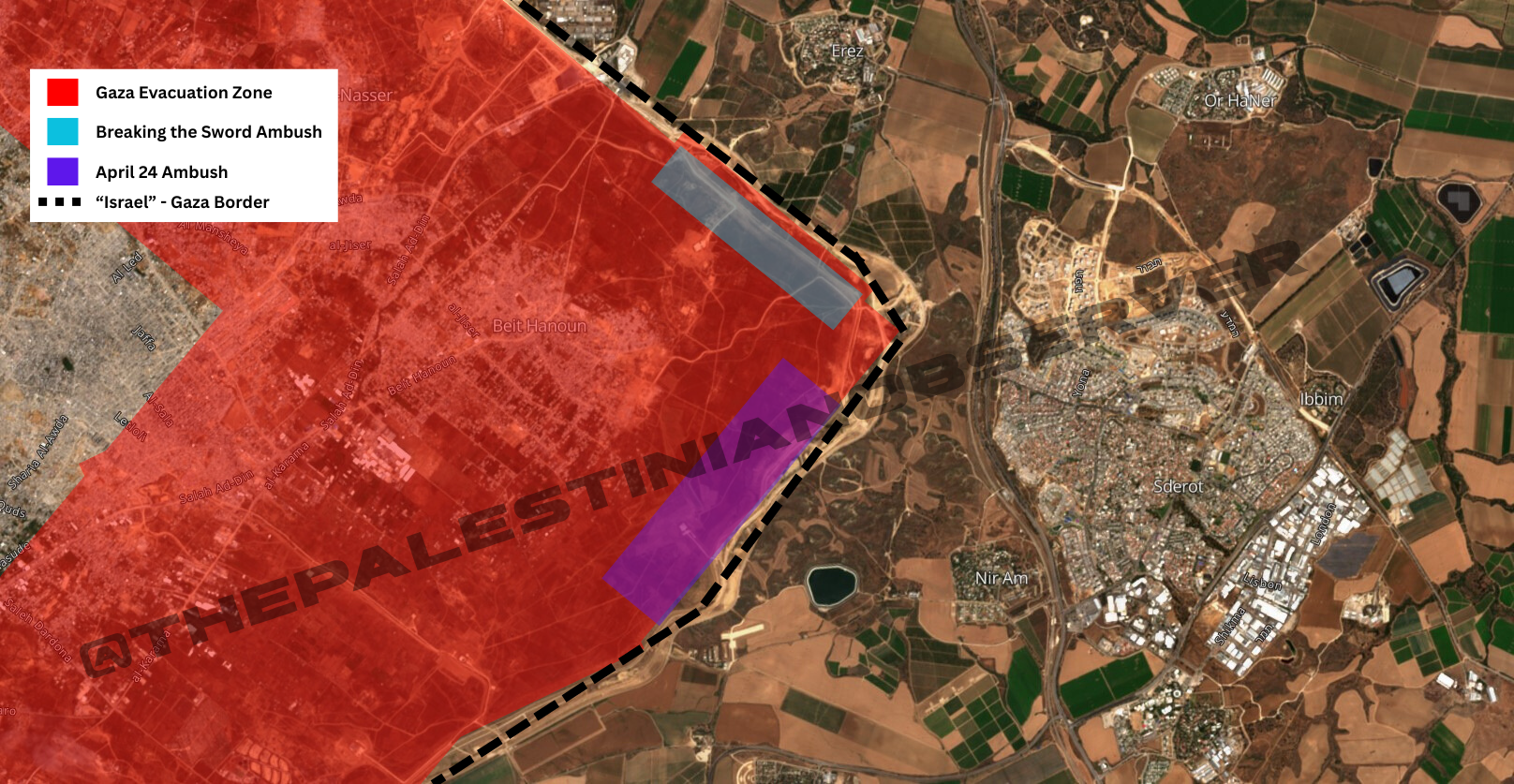
The latest attack, along with the recent “Breaking the Sword” operation, shows something important: the resistance isn’t just relying on hit-and-run tactics anymore. What we’re seeing now is a move toward well-organized, multi-layered operations designed to inflict heavier losses and expose vulnerabilities in Israeli military movements.
Today’s Incident: East of Beit Hanoun
An Israeli force operating near Beit Hanoun came under sniper fire. When a support unit was sent in, it was hit with a barrage of anti-tank missiles.
According to enemy reports at least one soldier was killed and at least ten others were injured, with some in serious condition. The army responded with heavy artillery and airstrikes to allow for the evacuation of its wounded, with some expecting the controversial Hannibal directive to be triggered.
For the first time, the army has officially requested the evacuation of an area in direct response to an active battlefield threat. This move — triggered by the combination of sniper fire and anti-tank missiles — is seen as a formal acknowledgment of the scale and seriousness of what unfolded.
Breaking the Sword: A Coordinated Ambush
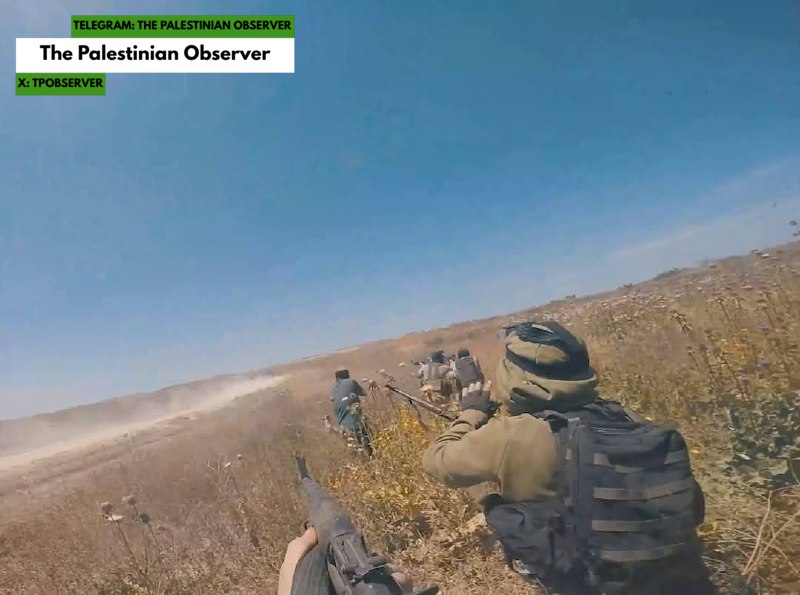
In a separate and more elaborate operation, at least five Al-Qassam fighters emerged from a tunnel and launched a coordinated ambush on an IDF logistics line. Armed with Yassin-105mm (PG-7VR) dual-warhead RPGs, PG-7V projectiles, and Type-56 rifles, they targeted an “AIL Storm” Jeep used by the Combat Intelligence Collection Battalion. The first strike came from an RPG, followed by small arms fire to finish off the vehicle and its occupants.
Israeli military sources say the vehicle was lightly armored and moving along an internal administrative road near Beit Hanoun when it was struck. Three soldiers inside were seriously injured.
Investigators believe the fighters used a tunnel that had already been “cleared” by the IDF just days earlier. Explosives had been placed in that tunnel by Israeli forces, likely provoking a rapid and calculated response from the resistance.
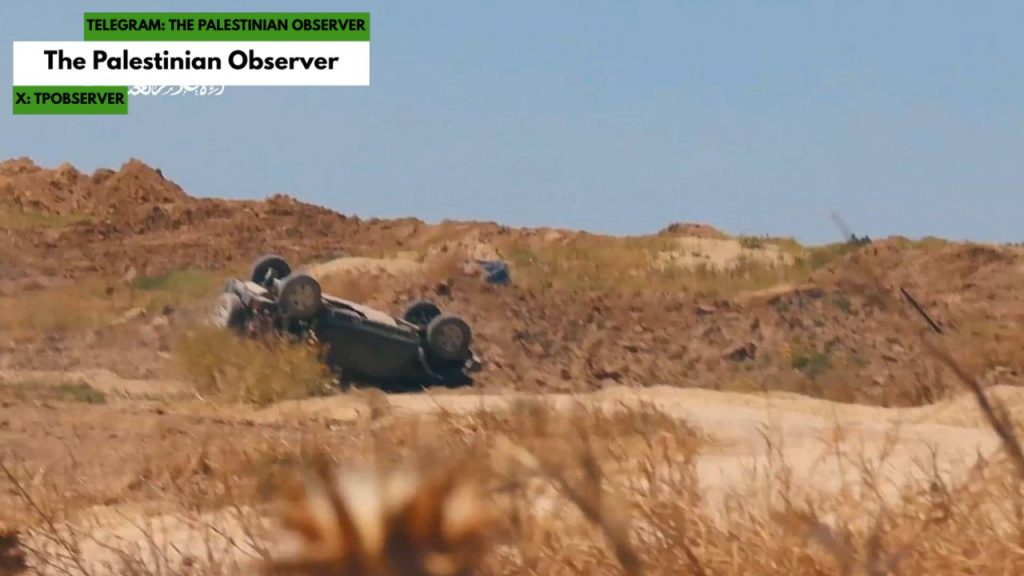
When a rescue force arrived, including the Northern Brigade commander and his special units, a second explosive was detonated, this time targeting a scout vehicle. One tracker was killed, two more soldiers were seriously wounded, and the brigade commander narrowly avoided injury. Air Force helicopters were called in to evacuate the wounded.
Takeaway
These operations show a clear shift in the resistance’s strategy. Fighters are using intelligence, terrain, and timing to execute layered ambushes that hit hard and leave lasting psychological and tactical damage. Tunnel warfare, secondary explosions, and a willingness to engage both frontline and rescue units suggest a new level of planning and confidence, challenging any assumptions that the buffer zone is secure or that cleared tunnels stay cleared.
